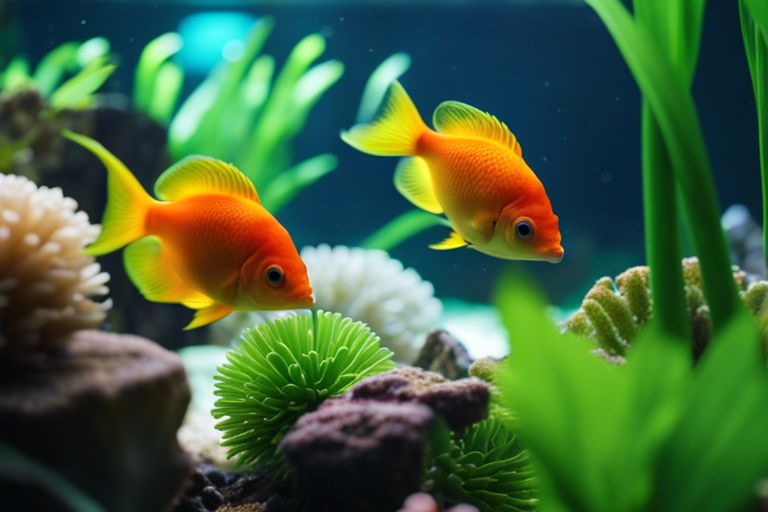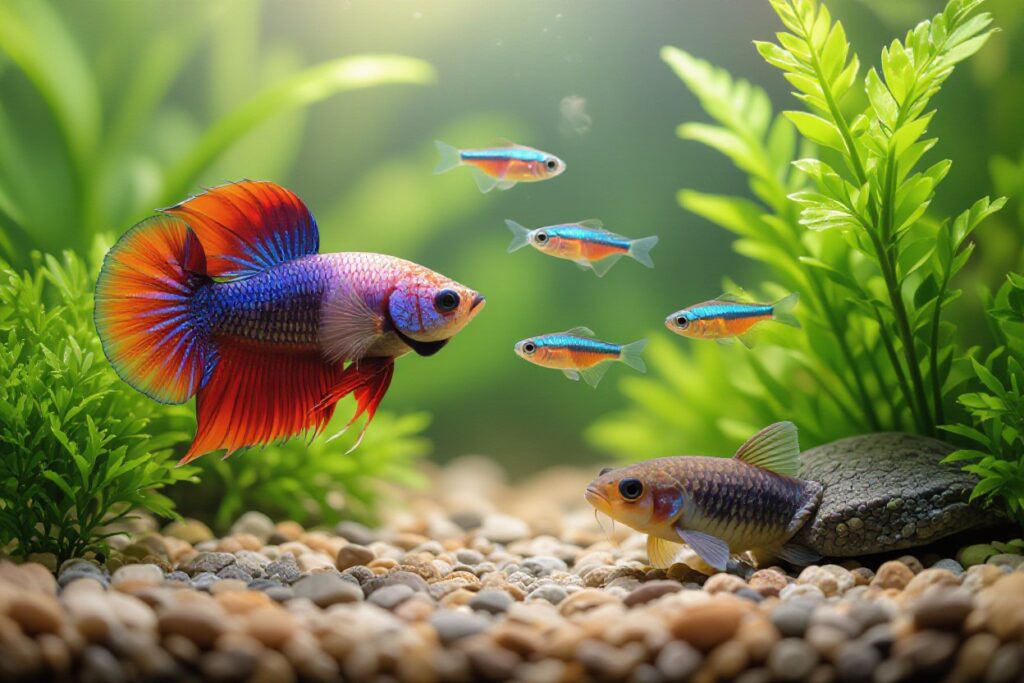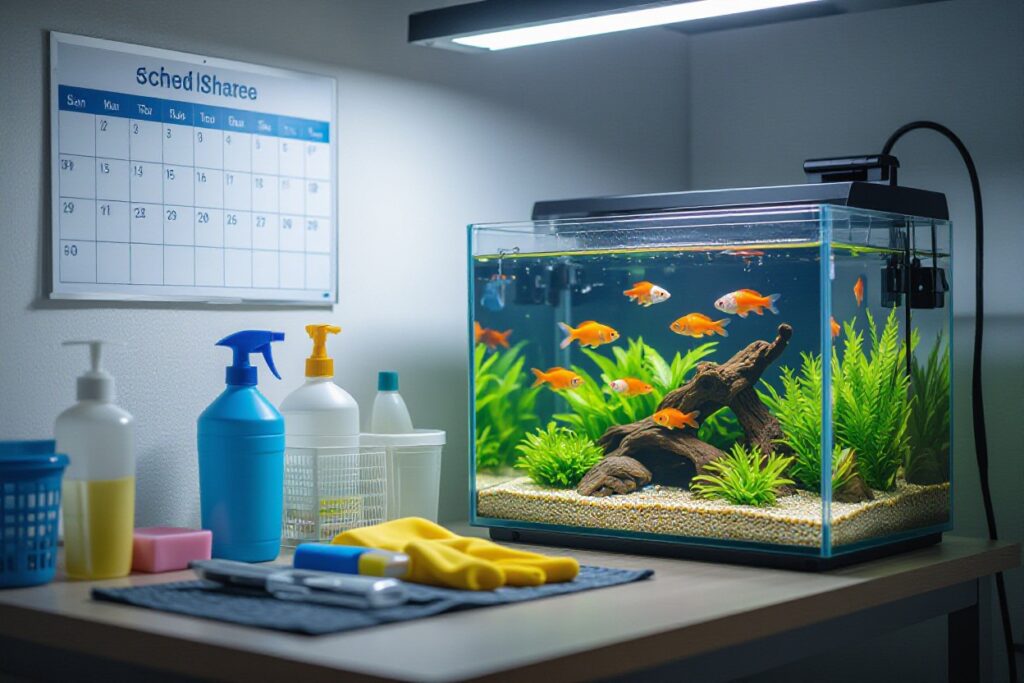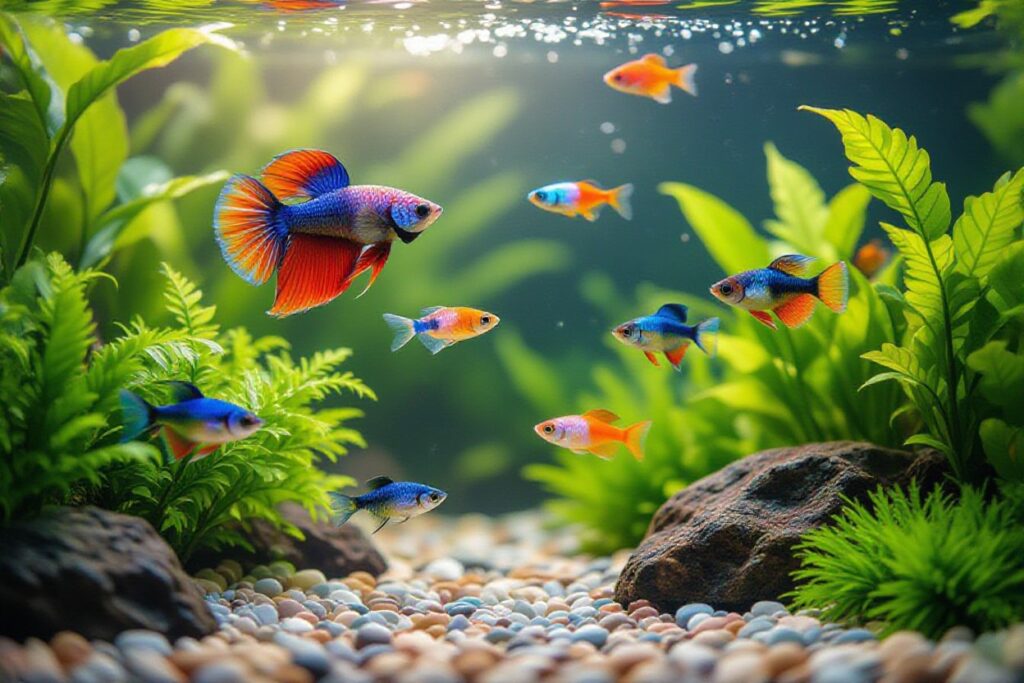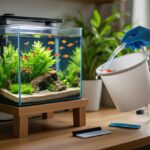Healthy aquariums require regular cleaning and maintenance to ensure a safe and thriving environment for your aquatic pets. Proper cleaning not only keeps the water clear and free of algae but also helps to maintain the balance of beneficial bacteria imperative for the health of your fish. By following a few simple steps and establishing a routine cleaning schedule, you can create an optimal habitat for your underwater companions. In this guide, we will provide you with practical tips and techniques to help you maintain a healthy environment in your aquarium through proper cleaning practices.
Factors Affecting Aquarium Health
Your aquarium’s health is influenced by various factors that you need to consider for maintaining a healthy environment for your aquatic pets. Factors such as water quality, temperature, pH levels, filtration systems, and the presence of contaminants all play a crucial role in the well-being of your aquarium inhabitants. Perceiving changes in these factors and addressing them promptly is important for a thriving aquatic ecosystem.
Understanding the Aquarium Ecosystem
While setting up an aquarium, it’s vital to understand the delicate balance of the ecosystem within. Various organisms, from fish to plants to beneficial bacteria, coexist in a complex web of interactions. Monitoring and maintaining this ecosystem’s equilibrium through proper cleaning and water management is key to ensuring the health and longevity of your aquarium inhabitants.
Identifying Common Contaminants and Their Impacts
Identifying common contaminants in your aquarium, such as ammonia, nitrites, nitrates, and phosphates, is crucial for maintaining a healthy environment. These pollutants can arise from overfeeding, decaying organic matter, and inadequate filtration. Common contaminants can lead to imbalanced water parameters, stress on aquatic life, and possibly even disease outbreaks. Regular testing and diligent maintenance practices are important for preventing and addressing these issues promptly.
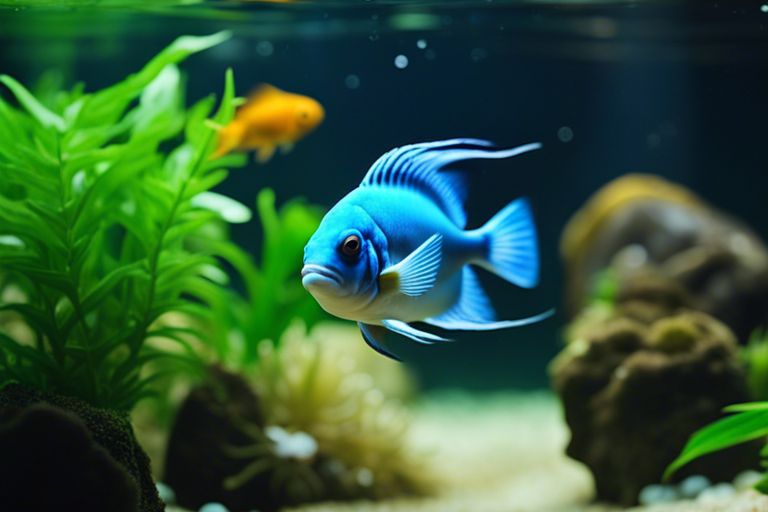
How-to: Setting Up Your Cleaning Routine
Establishing a Regular Cleaning Schedule
It is crucial to establish a regular cleaning schedule to maintain a healthy environment in your aquarium. Consistency is key when it comes to cleaning, as it helps prevent a buildup of waste and algae that can harm your fish and plants. By creating a routine that fits your schedule, you ensure that the necessary maintenance tasks are carried out in a timely manner.
Preparing the Necessary Cleaning Tools and Supplies
You must have the imperative cleaning tools and supplies ready before starting your aquarium cleaning routine. A siphon or gravel vacuum will help you remove debris from the substrate, while algae scrubbers and scrapers are vital for keeping the glass or acrylic walls clean. Additionally, having a bucket designated for aquarium use only, as well as clean cloths or sponges, will make the cleaning process efficient and effective.
Any beginner or experienced aquarist understands the importance of having the right tools and supplies at their disposal. Investing in a quality set of cleaning tools will not only make maintenance easier but also ensure that you can address any issues promptly to maintain a healthy aquatic environment for your fish.
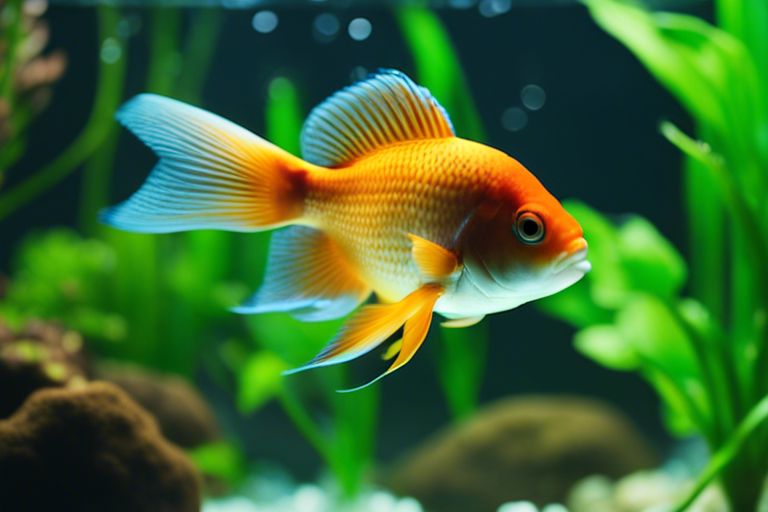
Tips for Effective Aquarium Cleaning
Many aquarium enthusiasts are aware of the importance of regular cleaning to maintain a healthy environment for their aquatic pets. Cleaning your aquarium involves more than just removing visible dirt and debris. It requires a systematic approach to ensure that your fish thrive in a clean and safe habitat. Knowing the right techniques and tools for cleaning will help you achieve optimal cleanliness and water quality in your aquarium.
Techniques for Substrate and Glass Cleaning
One of the key aspects of aquarium cleaning is substrate and glass cleaning. Use a gravel vacuum to remove debris from the substrate without disturbing the beneficial bacteria. For glass cleaning, use a algae scraper to remove algae buildup and maintain clear visibility.
Tips for Maintaining Filter Efficiency and Water Quality
Techniques for maintaining filter efficiency and water quality are crucial for the overall health of your aquarium inhabitants. Regularly clean or replace filter media to prevent clogging and ensure proper filtration. Test water parameters regularly and perform partial water changes to maintain optimal water quality. Recognizing the signs of filter malfunction and water contamination is crucial for taking prompt corrective actions.
- Regularly clean or replace filter media
- Test water parameters and perform partial water changes regularly
- Recognize signs of filter malfunction and water contamination
Managing Algae Growth and Decorations Care
Another important aspect of aquarium maintenance is managing algae growth and caring for decorations. Regularly scrub algae off aquarium glass and decorations to prevent excessive growth and maintain a clean appearance. Use algae-resistant decorations to minimize maintenance and keep your aquarium looking pristine.
- Regularly scrub algae off aquarium glass and decorations
- Use algae-resistant decorations to minimize maintenance
- Monitor and adjust lighting and nutrient levels to control algae growth
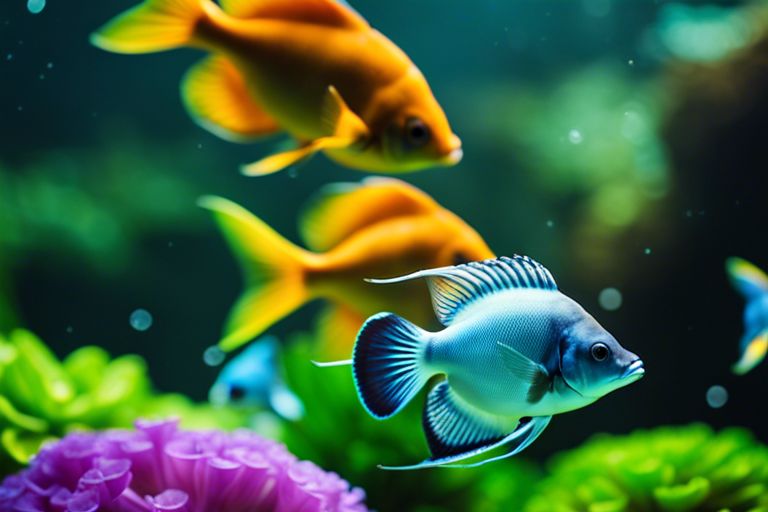
Advanced Aquarium Maintenance Strategies
- Balancing Chemical Levels for Optimal Water Conditions:
Key Point Details pH Levels Ensure pH levels are within the appropriate range for your fish species. Ammonia Regularly test and monitor ammonia levels to prevent toxicity. - Addressing Common Problems and Solutions:
Issue Solution Algae Growth Adjust lighting and nutrient levels, consider adding algae-eating fish. Cloudy Water Check filtration system, perform water changes, and remove excess debris.
Balancing Chemical Levels for Optimal Water Conditions
Now, maintaining the right chemical balance in your aquarium is crucial for the health of your fish. Keep a close eye on pH levels to ensure they are suitable for your specific fish species. Additionally, regularly test and monitor ammonia levels to prevent toxicity in the water. By staying on top of these chemical levels, you can create an optimal environment for your aquatic pets to thrive.
Addressing Common Problems and Solutions
Little issues can sometimes arise in aquariums, but with the right knowledge and tools, you can address and resolve them effectively. If you notice algae growth, consider adjusting lighting and nutrient levels, or introducing algae-eating fish to help keep it under control. For cloudy water, check your filtration system, perform regular water changes, and remove any excess debris that may be causing the cloudiness. By proactively tackling common problems, you can maintain a healthy and balanced aquarium environment for your fish.
Conclusion
Taking this into account, it is imperative to properly clean your aquarium to maintain a healthy environment for your fish. Regular water changes, gravel cleaning, and maintaining good filtration are crucial to keeping the water quality high and preventing the buildup of harmful substances. By following these cleaning practices and monitoring the water parameters regularly, you can create a clean and thriving environment for your aquatic pets. Bear in mind, a clean aquarium is a healthy aquarium!
FAQ
Q: Why is proper cleaning important for maintaining a healthy environment in your aquarium?
A: Proper cleaning is important as it helps remove excess waste, leftover food, and algae that can cloud the water and disrupt the balance of the aquarium ecosystem.
Q: How often should I clean my aquarium to maintain a healthy environment?
A: It is recommended to perform regular maintenance such as partial water changes and cleaning the gravel and decorations every 1-2 weeks.
Q: What tools do I need for cleaning my aquarium properly?
A: Some important tools for cleaning your aquarium include a gravel vacuum, algae scraper, bucket for water changes, aquarium-safe cleaning brush, and clean sponge or cloth.
Q: How do I clean the gravel in my aquarium?
A: Use a gravel vacuum to remove debris by gently pushing the vacuum into the gravel and sucking up waste without disturbing the beneficial bacteria that live there.
Q: What is the correct way to clean the glass of the aquarium?
A: Use an algae scraper or a cleaning magnet to remove algae buildup on the glass. Avoid using chemicals or rough materials that can harm the fish and plants.
Q: How can I maintain proper filter maintenance for a healthy aquarium?
A: Regularly clean or replace filter media according to the manufacturer’s instructions to ensure optimal filtration and prevent the accumulation of harmful waste.
Q: Are there any tips for maintaining a healthy environment in my aquarium besides cleaning?
A: Yes, ensure proper feeding practices, monitor water parameters regularly, provide adequate lighting, and avoid overstocking to promote a healthy aquarium environment.
